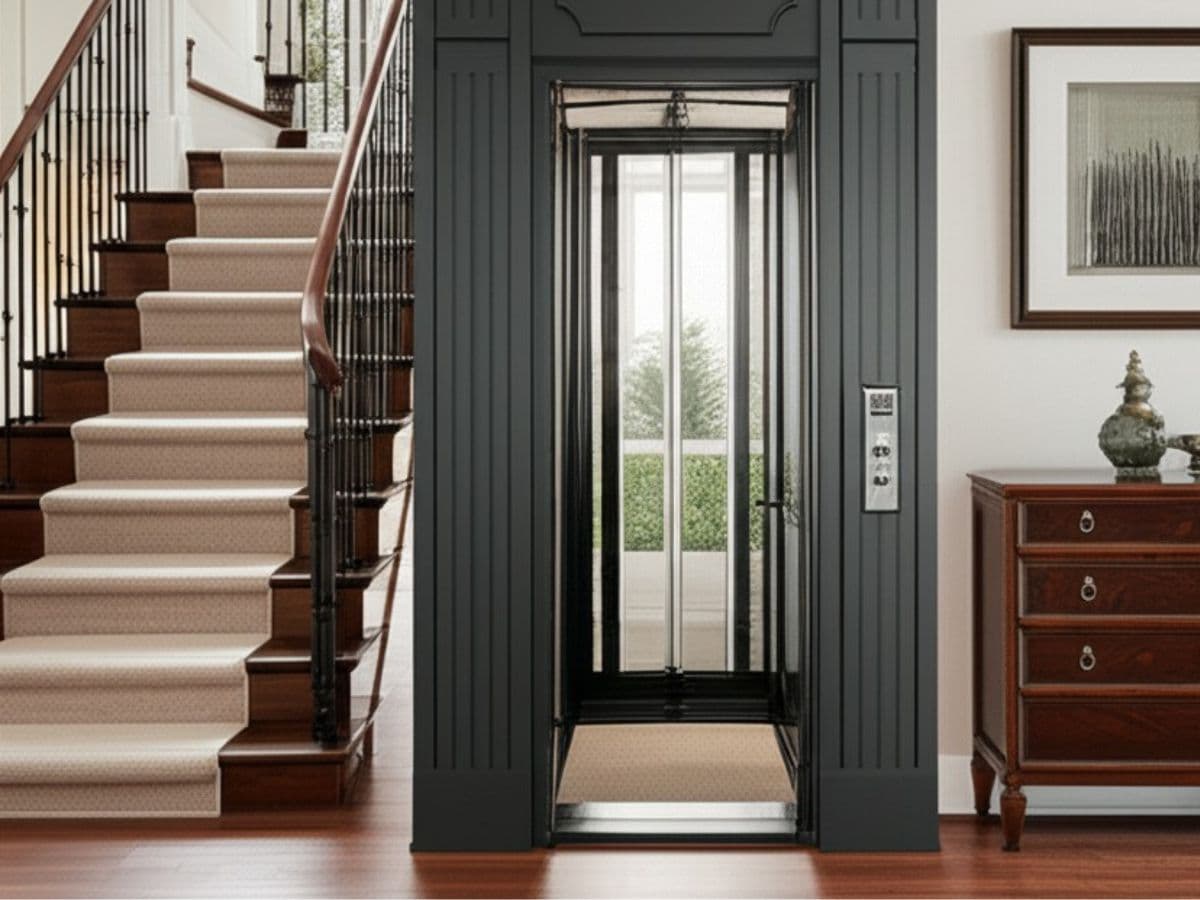
Let’s be real—most of us don’t live in giant mansions with sweeping staircases. These days, homes are getting more compact, more vertical, and honestly, a lot smarter. If you’ve ever found yourself dreading the stairs after a long day or watching your parents struggle with mobility, you’ve probably thought, “Should I just install a small home lift?”
Well, you’re not the only one.
Here’s the thing. Home lifts used to be considered a luxury, right? Like something you’d only find in a movie star’s villa or a high-end duplex. But not anymore. More and more homeowners—from cozy urban apartments to two-storey homes in quiet suburbs—are warming up to the idea of having a lift. And not just any lift—we’re talking compact, space-saving ones designed specifically for homes.
So what’s the deal? Why are small home lifts suddenly in the spotlight?
Let’s break it down.
Big commercial elevators are built to serve dozens of people at a time, move fast between floors, and take up massive amounts of space. But small home lifts? They’re totally different. These are tailored for personal use, typically holding one to three people, and they’re made to blend right into your home environment.
Think about it—you don’t need an industrial-grade elevator to go from the ground floor to the first. A small, cozy lift will do just fine. And you won’t need to break down half your house to fit it in.
You’d think that adding a lift would mean giving up a chunk of your living space, right? Not really. Modern small home lifts are designed to be compact and sleek. Some models even come without a pit or a machine room, which means no major construction headaches.
One homeowner even told me they fit a lift into a corner of their staircase void. Yup—that little nook that was collecting dust suddenly became the most useful part of their home.
Okay, this might sound a bit shallow—but let’s be honest. A lot of us care about aesthetics. We want our homes to look good. Thankfully, today’s small lifts don’t come with clunky steel doors or noisy motors. They’ve got glass panels, soft lighting, and some even offer customizable finishes that match your interior vibe.
It’s like turning a boring utility into a statement piece. Function and fashion? Yes, please.
Here in India—and in many parts of the world, really—it’s common for multiple generations to live under one roof. And as the elders in our families get older, climbing stairs can go from annoying to downright unsafe.
Small home lifts solve this beautifully. They give your parents or grandparents that extra layer of independence and safety without turning the house into a medical facility. It’s a win-win.
Let’s talk about resale for a sec. If you ever decide to sell your home, having a lift can actually be a great selling point. Buyers see it as a major convenience—especially those with young kids, elderly family members, or people planning to age in place.
In some areas, adding a lift can actually boost your home’s market value more than the cost of installing it. Not bad, huh?
Ah, the million-dollar question. Look, nobody’s saying you have to get a lift. If you’re fit, active, and love bounding up the stairs every day—go for it. But here are a few signs it might be worth considering:
And let’s be honest—once you get used to the convenience, there’s no going back.
Not as much as you’d think. Some small home lifts can be installed in as little as 3–4 feet of floor space. That’s like the size of a closet. You can tuck it into a corner, against a wall, or even through the middle of a spiral staircase if your home layout allows.
Of course, placement depends on your home’s structure, but modern lift companies have gotten really creative. They’ll usually visit your home, do a quick assessment, and offer a plan that works with your space—not against it.
Good question. Small home lifts are actually pretty low-maintenance—especially if you go with models that don’t run on traditional hydraulic or cable systems. Some use air pressure or gearless technology, which means fewer moving parts, less friction, and less wear and tear.
Still, just like your car, regular servicing is key. It’s always good to get the lift checked at least once or twice a year to keep it running smoothly.
Look, nobody wants to feel like they’re riding a tin can up and down their house. That’s why most small home lifts today come loaded with safety features:
Some models even allow remote monitoring, so you can keep an eye on things right from your phone.
Now, let's talk about the elephant in the room—price. Installing a small lift for your home is not inexpensive. But it's also not quite as expensive as some may think.
Depending on the model, features, and level of difficulty to install you could be looking at a range of ₹11.5 lakhs to ₹20 lakhs. But this is a once-in-a-lifetime investment that will pay off for many years to come—both convenience and assurance.
Some people even use an EMI option or mobility grants from the government (depending on which country they live in), so there are some options.
If you ask me? Yeah, it is. Especially if you plan on staying in your home long-term. A small home lift makes life easier, safer, and honestly, a bit more futuristic. It’s like adding a touch of luxury without overhauling your entire house.
And it’s not just about going up and down—it’s about elevating your lifestyle. (See what I did there?)
So if you’ve been on the fence about getting one, maybe it’s time to take that next step. Or rather... skip the steps altogether.
Thinking about installing one? Talk to a few local elevator companies, ask for home visits, and get quotes. You’ll be surprised how smoothly the process can go—and how quickly you’ll wonder how you ever lived without it.